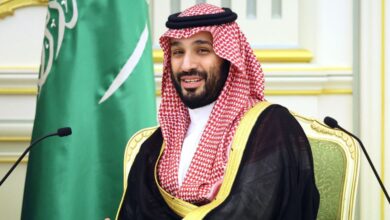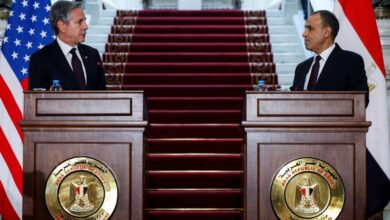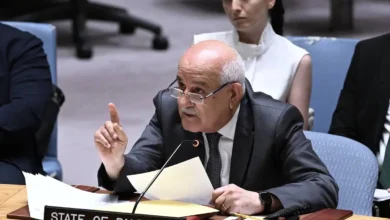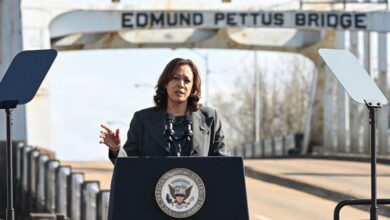The UK Increases its Military Spending in Response to Global Threats
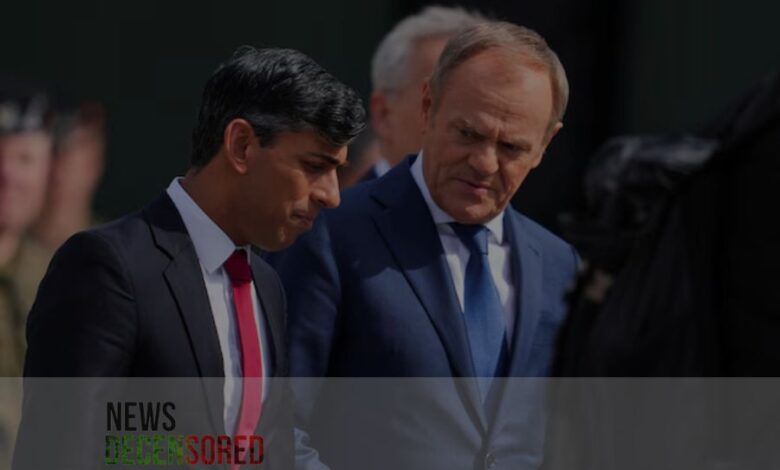
In a significant shift in military policy, the United Kingdom announced plans to increase defence spending to 2.5% of its national income by 2030. This move, unveiled by Prime Minister Rishi Sunak, represents a substantial financial commitment to bolster the nation’s defence capabilities in the face of a perceived rise in global security threats.
While some defence insiders had advocated for a more ambitious spending increase, the announced plan still translates to tens of billions of additional pounds for the UK’s armed forces over the next six years. This translates into a significant boost for the defence budget, projected to reach £87 billion by the decade’s end.
This decision departs from Prime Minister Sunak’s previous stance of contingent defence investment, where additional funding depended on economic conditions. However, the urgency of the situation has overridden those concerns. Speaking in Poland, a nation keenly aware of security threats due to its proximity to Russia, Sunak declared the plan a “turning point for European security” and a defining moment for UK defence.
The impetus for this increased spending stems from international security concerns. Russia’s ongoing war in Ukraine, persistent conflicts in the Middle East, and China’s growing assertiveness are all cited as factors prompting the UK to bolster its defence posture. Prime Minister Sunak emphasised the precarious state of global security, describing the world as “less safe than it has been in decades.”
Furthermore, the UK’s announcement coincides with a new military support package for Ukraine. This includes weapons, ammunition, and a significant financial contribution of £500 million to aid the Ukrainian armed forces in their struggle against the Russian invasion.
While the UK currently dedicates slightly more than 2% of its GDP to defence, some critics argue that this figure has been inflated by the inclusion of financial assistance directed towards Ukraine. This highlights the ongoing debate on measuring the UK’s defence spending.
The anticipated increase in defence spending will be primarily directed towards the core Ministry of Defense budget. This will translate into a significant infusion of funds to address capability gaps within the Army, navy, and Air Force. These gaps have emerged over decades as successive governments implemented cost-saving measures following the Cold War.
Defence experts have long advocated for such an investment, highlighting the need to modernise and strengthen the UK’s armed forces. Additionally, government officials have begun work on a comprehensive “national defence plan” designed to solidify the UK’s defence strategy.
However, achieving an actual Cold War-era level of military preparedness would require a more comprehensive national effort. Moving in that direction would necessitate a shift from a purely military-centric approach to defence and a broader commitment from all sectors of society. Such a shift would ensure that the UK’s defence strategy reflects a national endeavour, not solely a responsibility the armed forces bear.

